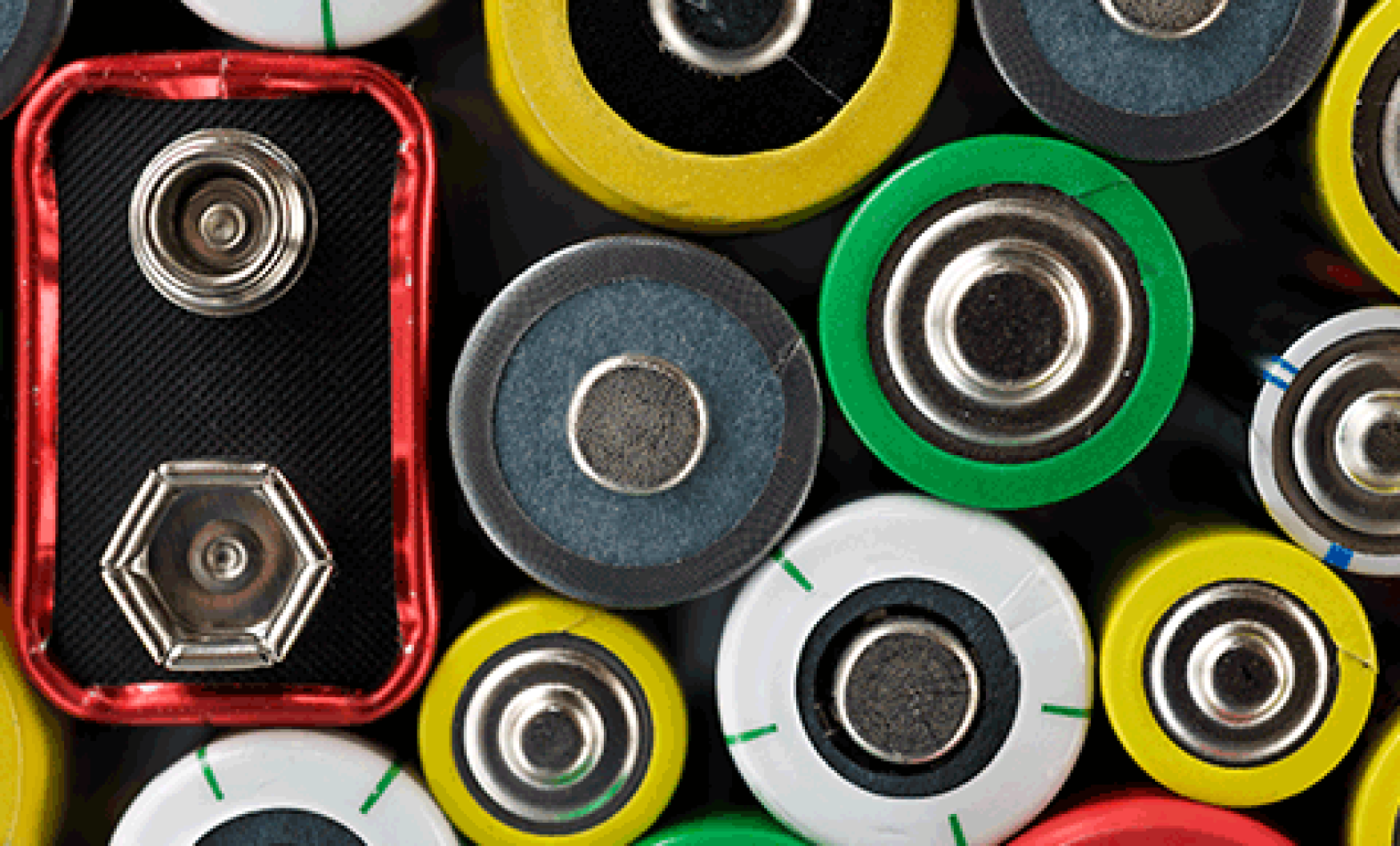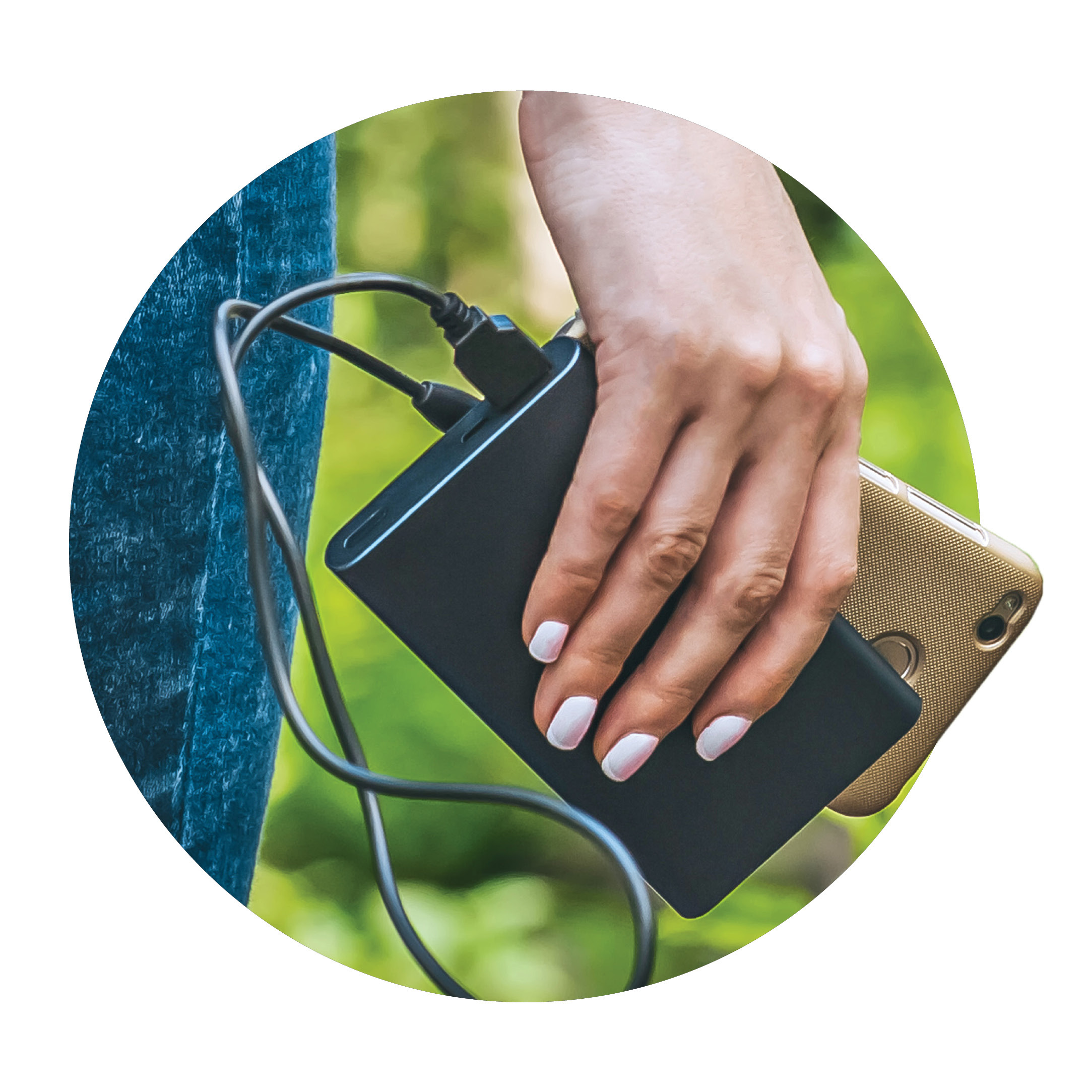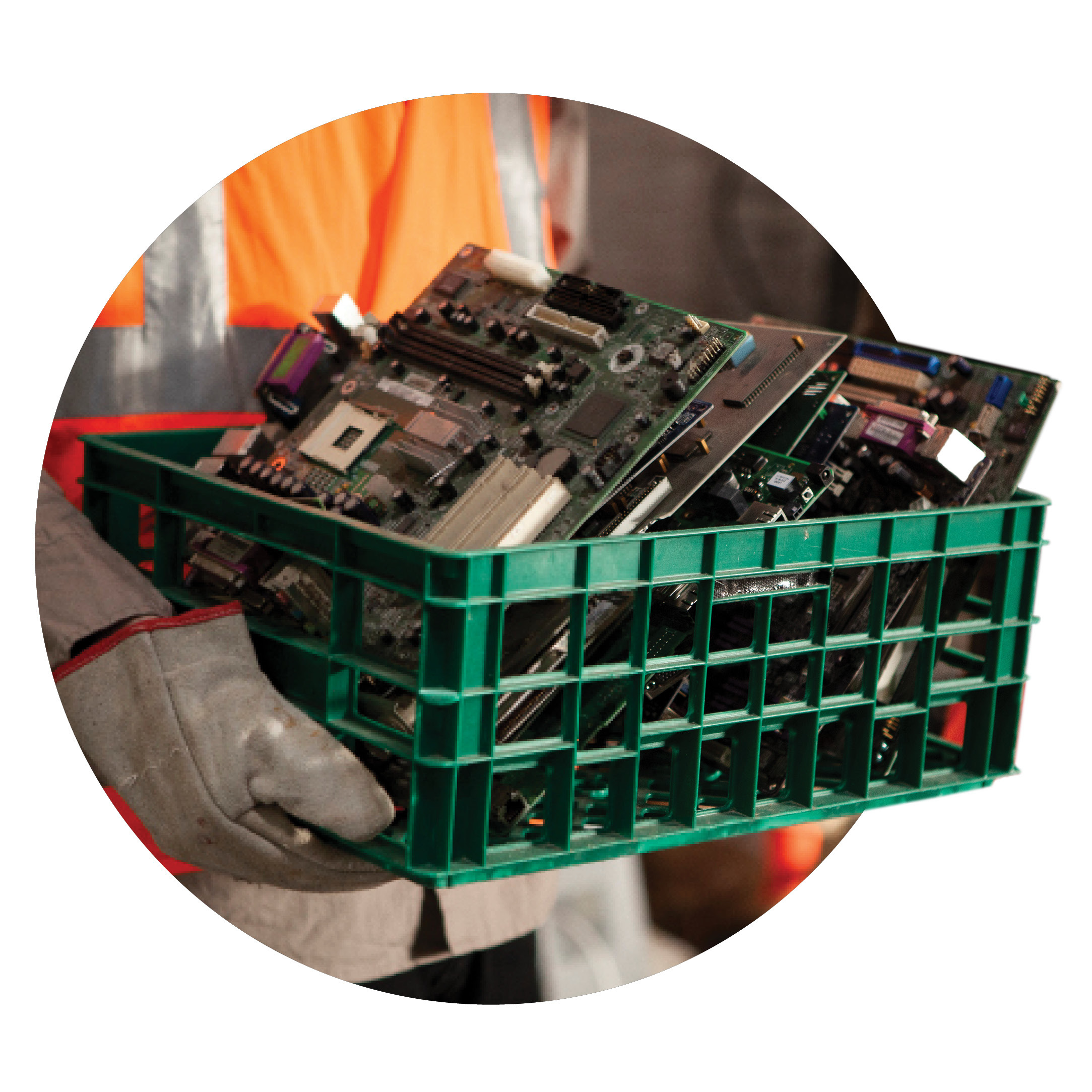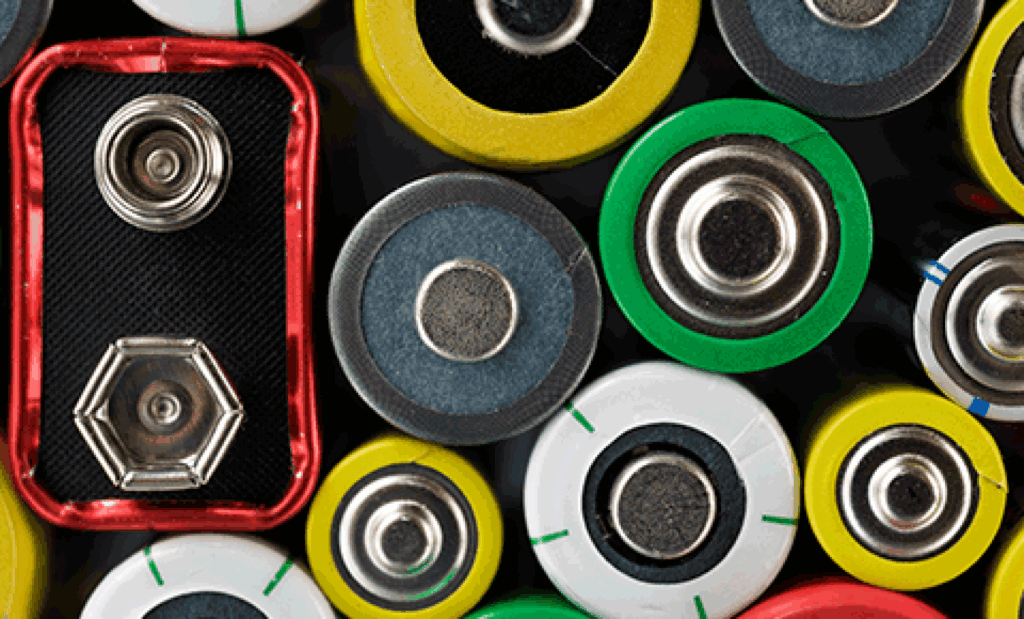Standards shape safer batteries, before they reach you…

education and safe use can amplify standards’ impact…
and guide safer end-of-life and repurposing.

Continue to explore each phase of the Safety Circuit.

1. Design & Define

Standards shape safer batteries before they reach consumers
ULSE standards serve as expert-built instruction manuals for evaluating battery safety and may inform design
Batteries certified to ULSE standards are tested under real-world and extreme conditions
Standards also help support safer battery integration into everyday products
Watch: How Standards Help Make Batteries Safer for You
Learn how rigorous stress tests like abnormal charging, crushing, and overheating to work to help lithium batteries withstand real-world abuse and prevent dangerous thermal runaway.
Common Rechargeable Products
Many of your favorite everyday products are powered by li-ion batteries. Hover over each to learn about the standards that help make them safer for you.
E-Bikes
UL 2271
Standard
for E-Bike Batteries
Wireless
Headphones
UL 1642
Standard
for Lithium Battery Cells
Laptops
UL 2054
Standard
for Household Batteries
VE
UL 2580
Standard
for Electric Vehicle Batteries

2. Everyday Use
How standards and informed behavior reduce real-world risks
Consumers may be unaware of the risk of thermal runaway or that their device is powered by a lithium-ion battery
Because of a lack of awareness, consumer misuse (e.g., improper charging, crushing, overheating) can increase risk
Standards plus safe behavior — together — keep you and your devices protected


3. End-of-Life & Reuse

What happens when a battery’s job is done?
Li-ion battery use is growing — repurposing batteries at the end-of-life supports sustainability
Improper disposal poses fire and environmental risks
ULSE standards provide best practices for developing, producing, and repurposing batteries
Safer Battery repurposing: Electric VeHicles
Standards support safer, sustainable reuse — like repurposing EV batteries into energy storage systems.


Watch: How UL 3601 Supports Safer and Sustainable Batteries
Learn how a new ULSE standard guides safer, more sustainable lithium-ion battery design by enabling professional disassembly, proper labeling, and improved end-of-life recycling and recovery.

En savoir plus
ULSE’s battery safety standards and resources can help you more safely use lithium-ion batteries.

